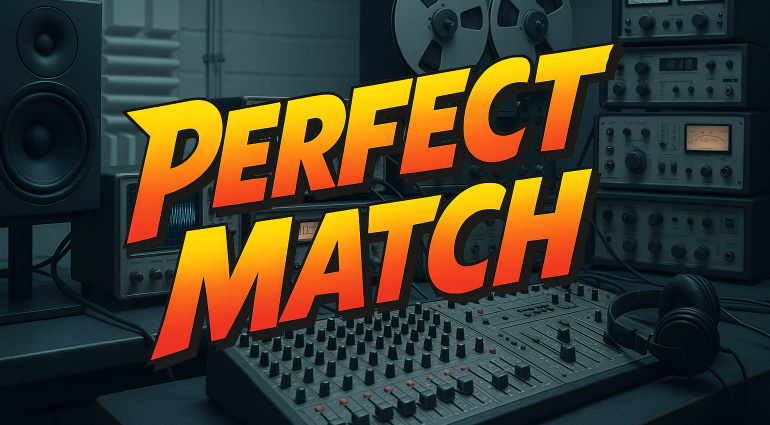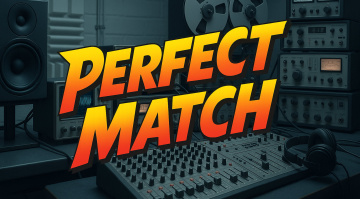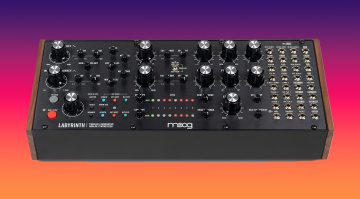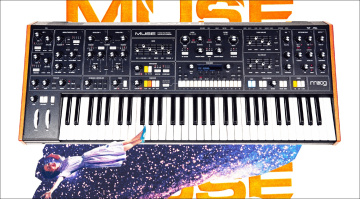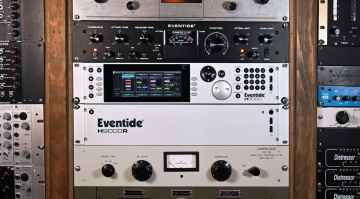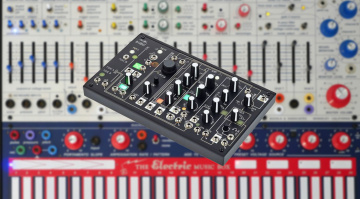The Sound Lab: 3 Cool Pieces of Gear for Creative Sound Exploration – Perfect Match!
Everything Here will Inspire Your Next Purchase
Are you interested in sound research and experiments – your own sound lab? If so, today’s edition of our new Perfect Match series is just right for you! We’ll show you three products that will allow you to set up your own sound lab and discover new worlds of sound. No lab coat or safety goggles required!
Perfect Match: The Sound Lab
Gear for Your Own Sound Lab
Sometimes, it’s fun to play the “mad scientist” and create sounds and ideas that wouldn’t arise in a typical workflow. Do some sound research and design in your own sound lab. A studio should always be a playground for creative experimentation, but maybe you’re looking for a few unusual extras.
That’s why we’d like to introduce three products that encourage experimentation and straying from the beaten path. These three products complement each other very well and are representative of similar gear that could serve as an alternative. Don’t take these suggestions as “the only way to do it,” but rather as tips.
We’ll show you a soundbox for creative sound experiments, an unusual synthesizer that invites experimentation, and a versatile, high-quality effects pedal for adding sound magic. Let’s get started with your new sound lab!
LeafAudio Microphonic Soundbox MKII: an Electroacoustic Experimental Instrument for Your Sound Lab
In theory, if you enjoy tinkering, you could build something like LeafAudio’s Microphonic Soundbox yourself. With the Microphonic Playground and two add-on packs, you get basic equipment for the job. However, the Microphonic Soundbox MKII comes with everything you need, so you can start using your new sound lab right away.
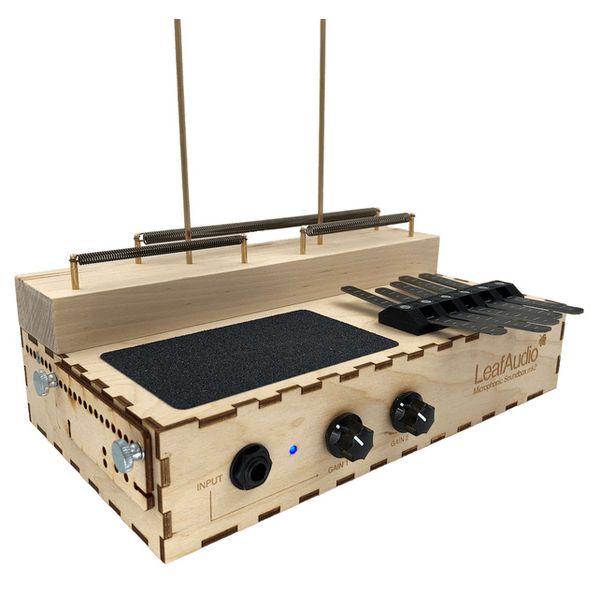
The wooden case contains two contact microphones and matching amplifiers, as well as various elements for generating sounds and noises. The recording device attached to the side has M3 threads for attaching items such as springs, metal strips, rubber bands, or anything else you desire. The set includes two metal rods, three springs, and a five-tongue kalimba. With the aforementioned add-on packs, you can further expand the set.
There is a 6.35 mm jack that provides an input for external piezo pickups. There are also two line outputs, which can be switched between high and low levels. Channel 1 can function as a preamplifier for instruments, and channel 2 outputs signals from the soundbox.
The soundbox is a source of new sounds that you can edit and manipulate in your new sound lab as you wish. Sounds are created by scratching, tapping, stroking, or plucking. You can also use additional tools, such as a violin bow. The Microphonic Soundbox will challenge your creativity and bring variety to your studio. Take a closer look at it here at Thomann*. If you’re interested in a similar experimental approach involving motors, sensors, and CV integration, check out the KOMA Elektronik Field Kit.
Moog Labyrinth: A Semi-Modular Synth in the West Coast Style
A synthesizer adds a sound generator to your sound laboratory. An unusual model, such as the Moog Labyrinth, is a good fit – especially if you already own a more traditional synthesizer.
There are a number of unusual synths to consider, such as the “drone synthesizers” in the Lyra series from SOMA Laboratory* or the granular playground, the Tasty Chips GR-MEGA. Erica Synths has several high-quality (and expensive) sound generators, including the SYNTRX II*, Steampipe*, and the Perkons HD-01 drum machine*. Systems such as the Intellijel Designs Cascadia* are also exciting, but the Moog Labyrinth represents a “nice, golden” middle ground.
The Labyrinth is an unusual Moog synthesizer because it incorporates West Coast synthesis ideas popularized by Don Buchla. Thanks to its semi-modular format, Labyrinth can be easily combined with other modular or semi-modular synths for even greater functionality.
Its dual signal path and features like cross modulation, a ring modulator, a noise generator, a wavefolder, a continuously adjustable filter (from low-pass to high-pass), two generative sequencers, and a few other cool functions ensure endless new sounds and grooves. The 32 jacks are suitable not only for wild patching but also for processing external signals, so you can process sounds and noises directly from your soundbox!
The Moog Labyrinth is an exciting and unusual synthesizer that would be a great addition to your sound lab. Labyrinth is available here at Thomann*.
Effects for Your Sound Lab with the Eventide H9 Max Harmonizer
To create the “perfect match” for your sound lab, we recommend an effects unit that will enrich your new sounds and add another dimension to them. The Eventide H9 Max Harmonizer is more traditional and “tamed” compared to the LeafAudio Microphonic Soundbox and the Moog Labyrinth.
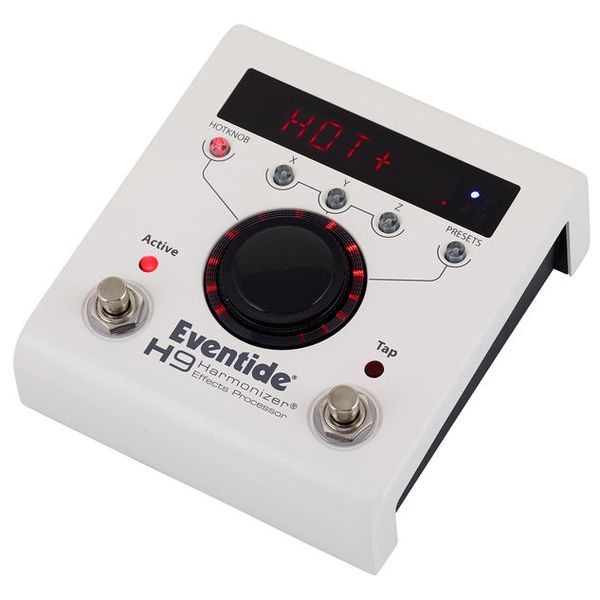
There are more experimental FX alternatives, such as the Bastl Instruments Thyme+* or the Hologram Electronics Microcosm. However, the Eventide pedal is more universal and useful outside your sound lab for many instruments, including guitars.
The H9 Max is used by renowned artists such as Richard Devine and Suzanne Ciani. Other notable users include Steve Vai, Jimmy Page, Frank Zappa, and Eddie Van Halen. With over 50 effect algorithms, you can experiment and let your creativity run wild. You can use tap tempo or MIDI to sync the FX with the beat. The H9 Max (get it here at Thomann*) is a great addition to your sound lab. You can get even more power with the Eventide H90 Harmonizer*.
Conclusion: Why This Trio Is a Perfect Match
In your sound lab, you can explore new paths playfully, delve into unknown soundscapes, discover new sounds, and use these results for your creative projects.
The LeafAudio Microphonic Soundbox MKII produces sounds that traditional instruments probably can’t achieve. You can record these sounds or send them through an experimental synth, such as the Moog Labyrinth. This synthesizer is a playground for discovering new sounds. An effects pedal like the Eventide H9 Max adds the finishing touches to the results, opening up new worlds of sound. Together, they are a “perfect match”, and probably your new sound lab!
More Information
*Note: This article contains affiliate links that help us finance our site. Don’t worry – the price for you always remains the same! If you purchase something through these links, we receive a small commission. Thank you for your support!
 4,3 / 5,0 |
4,3 / 5,0 | 